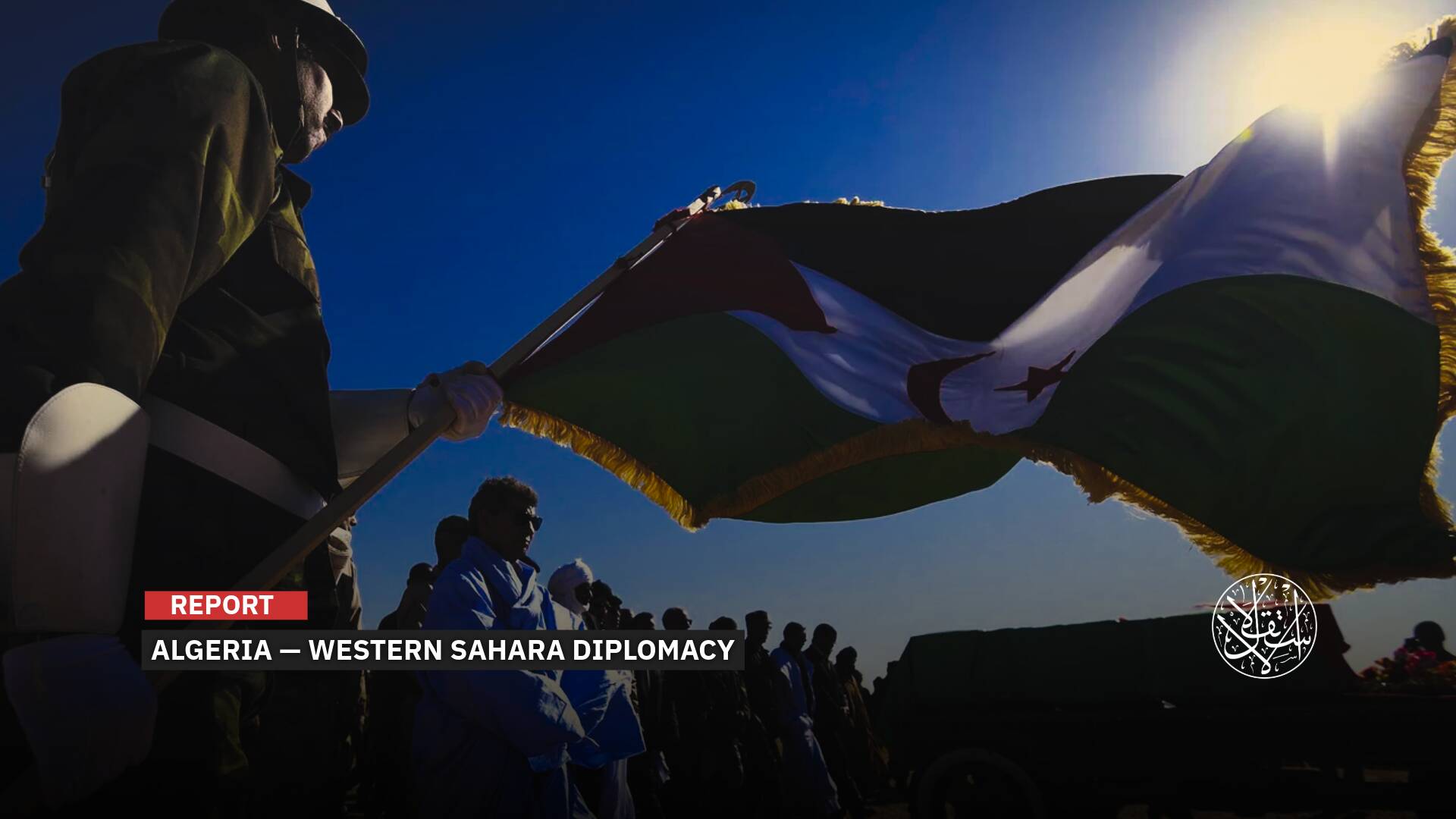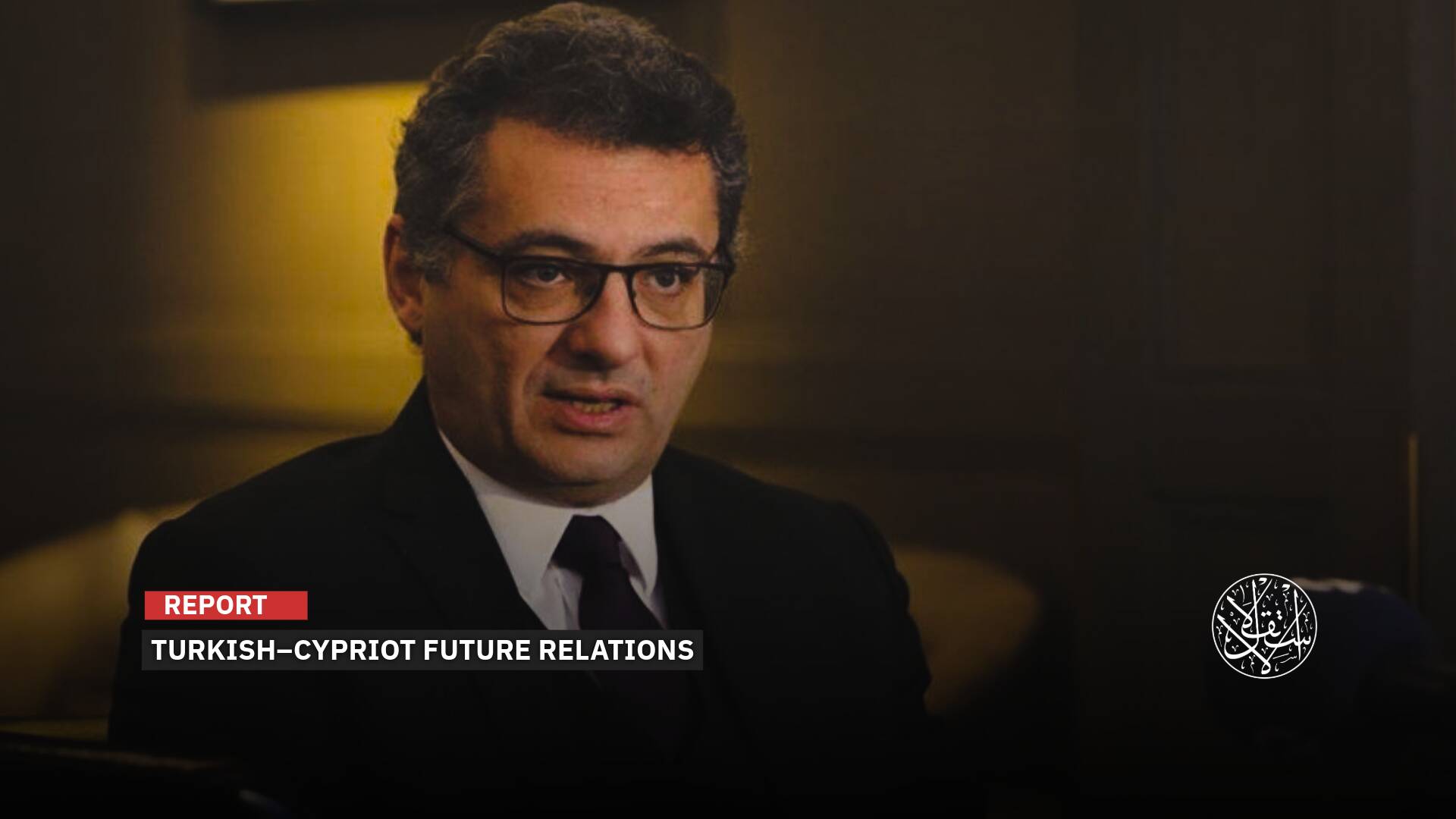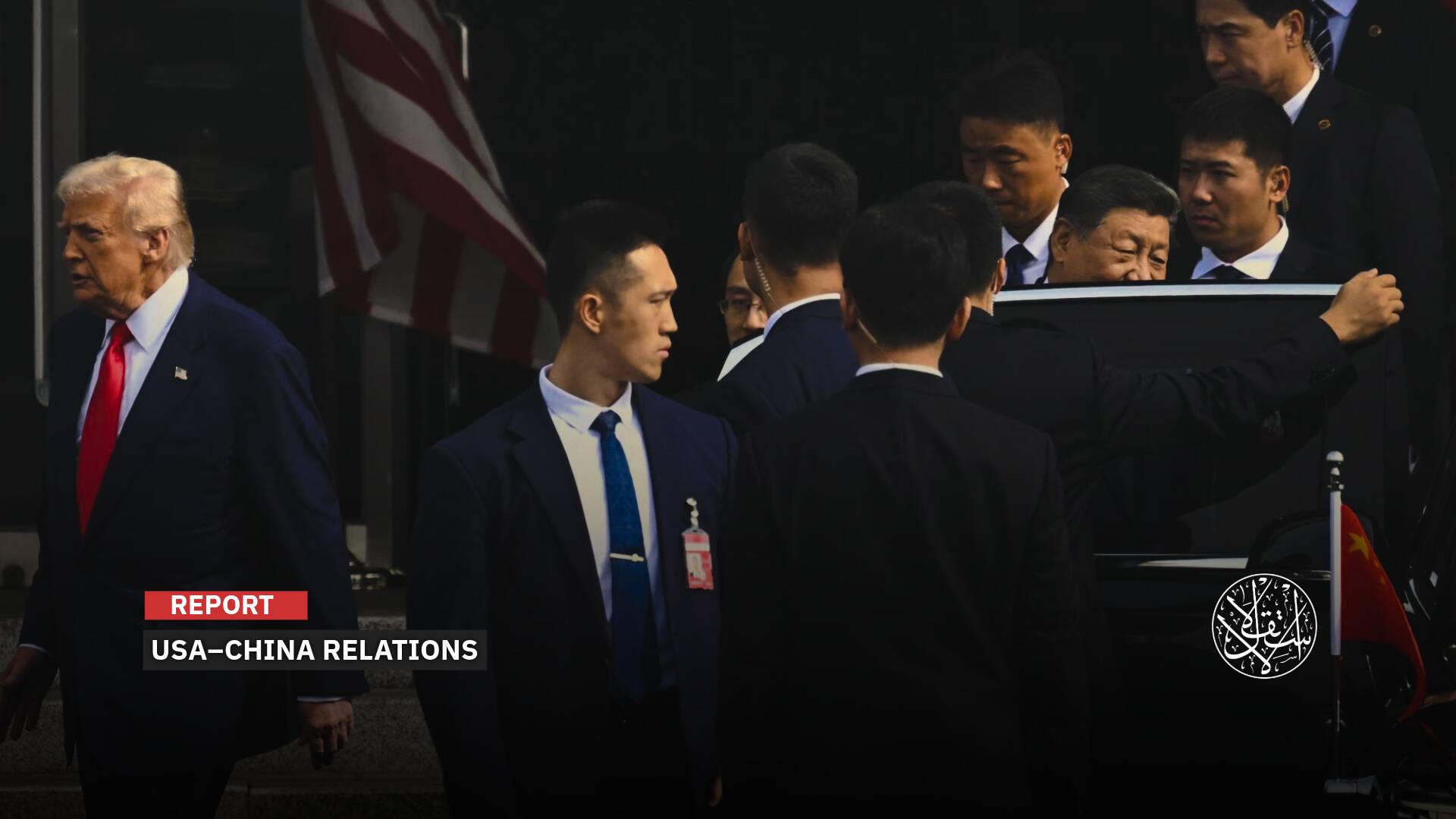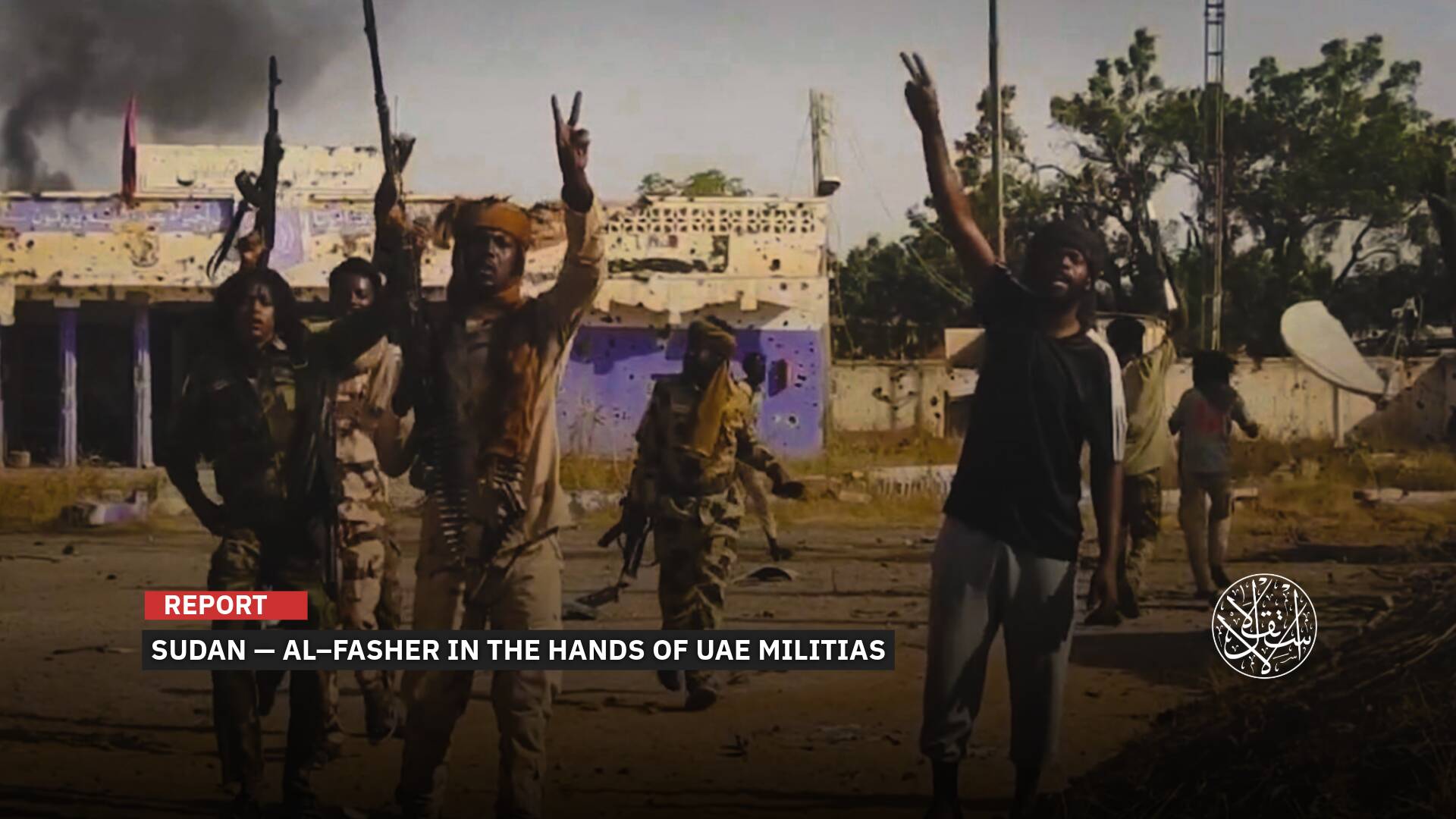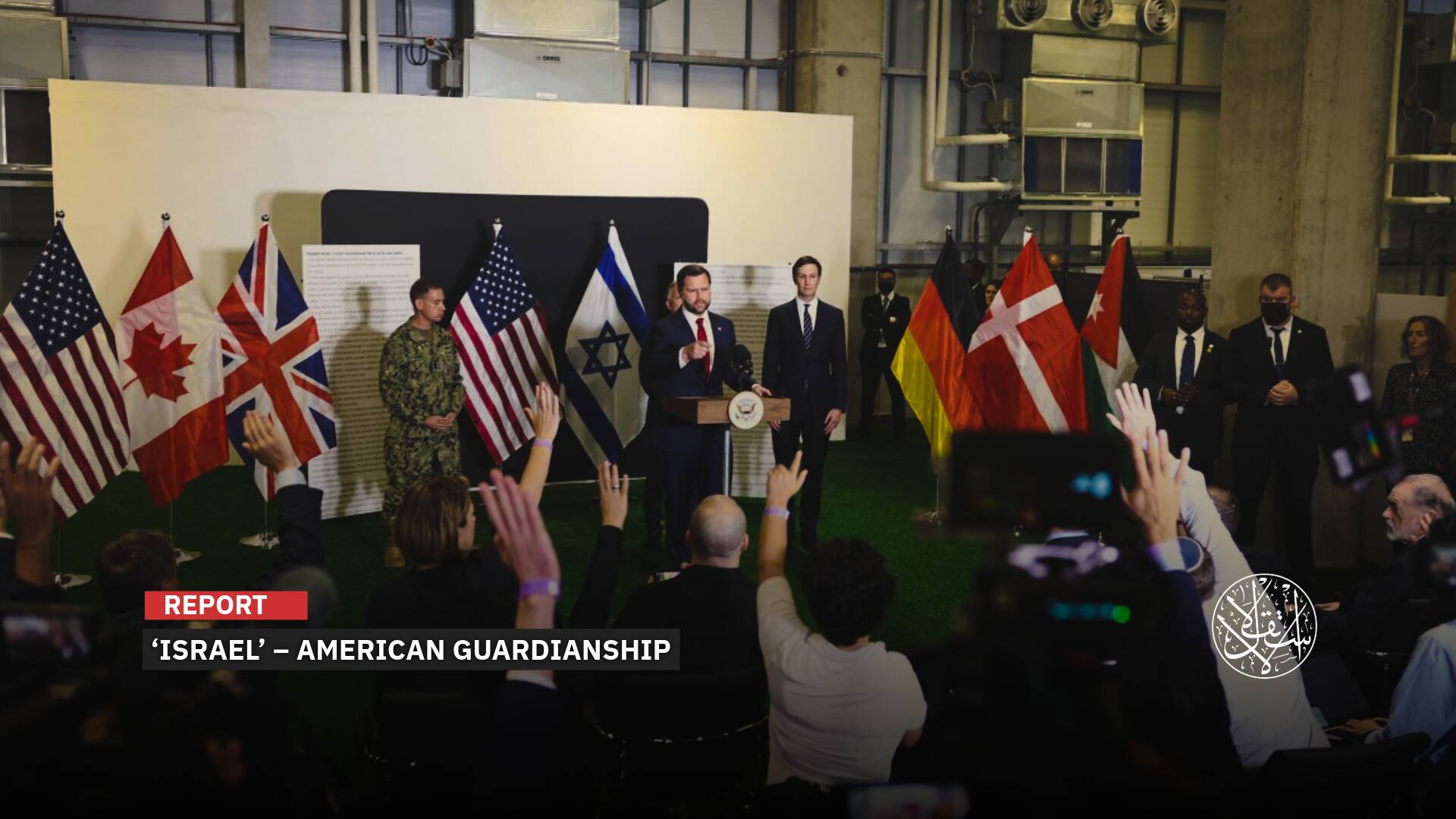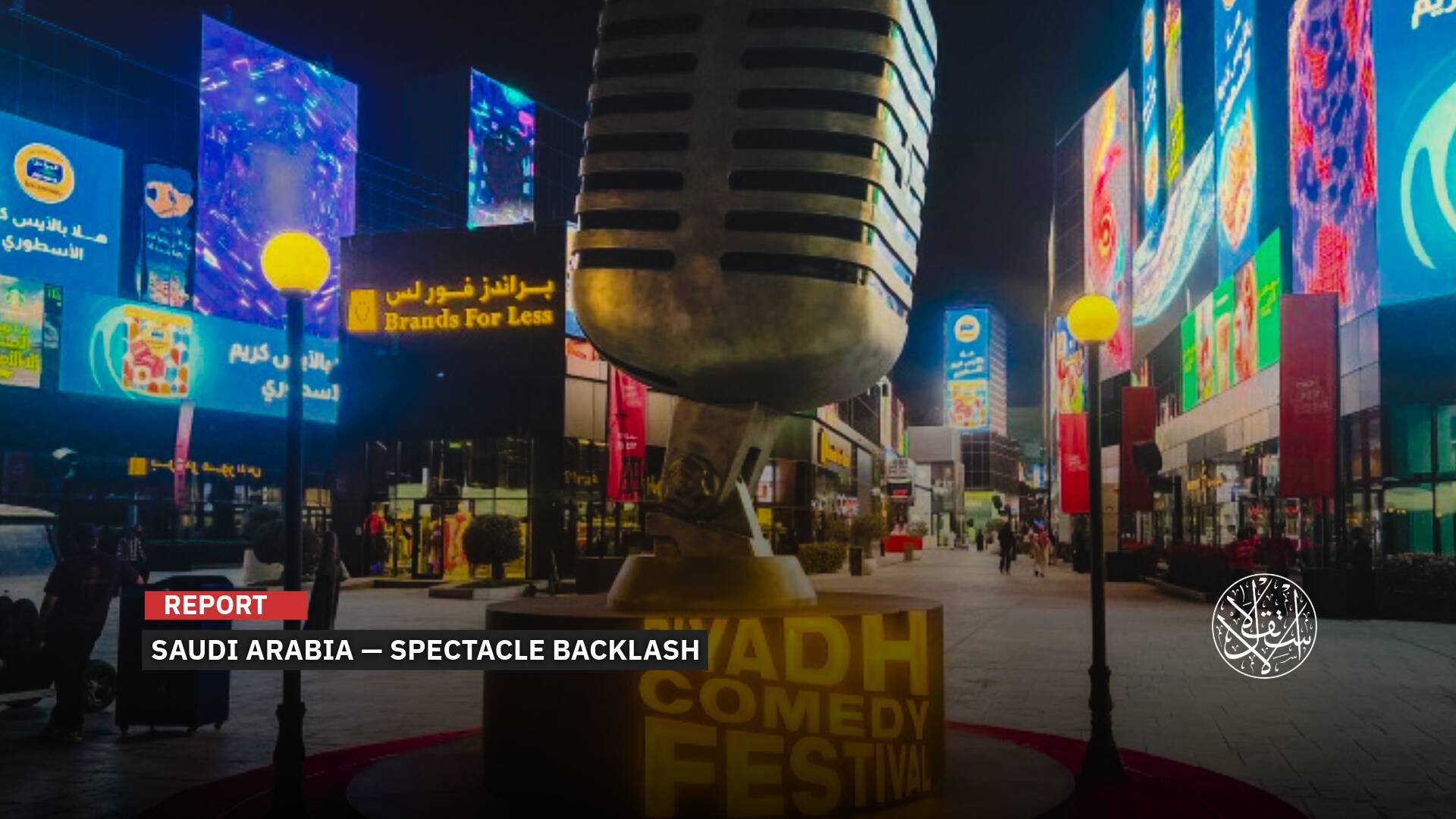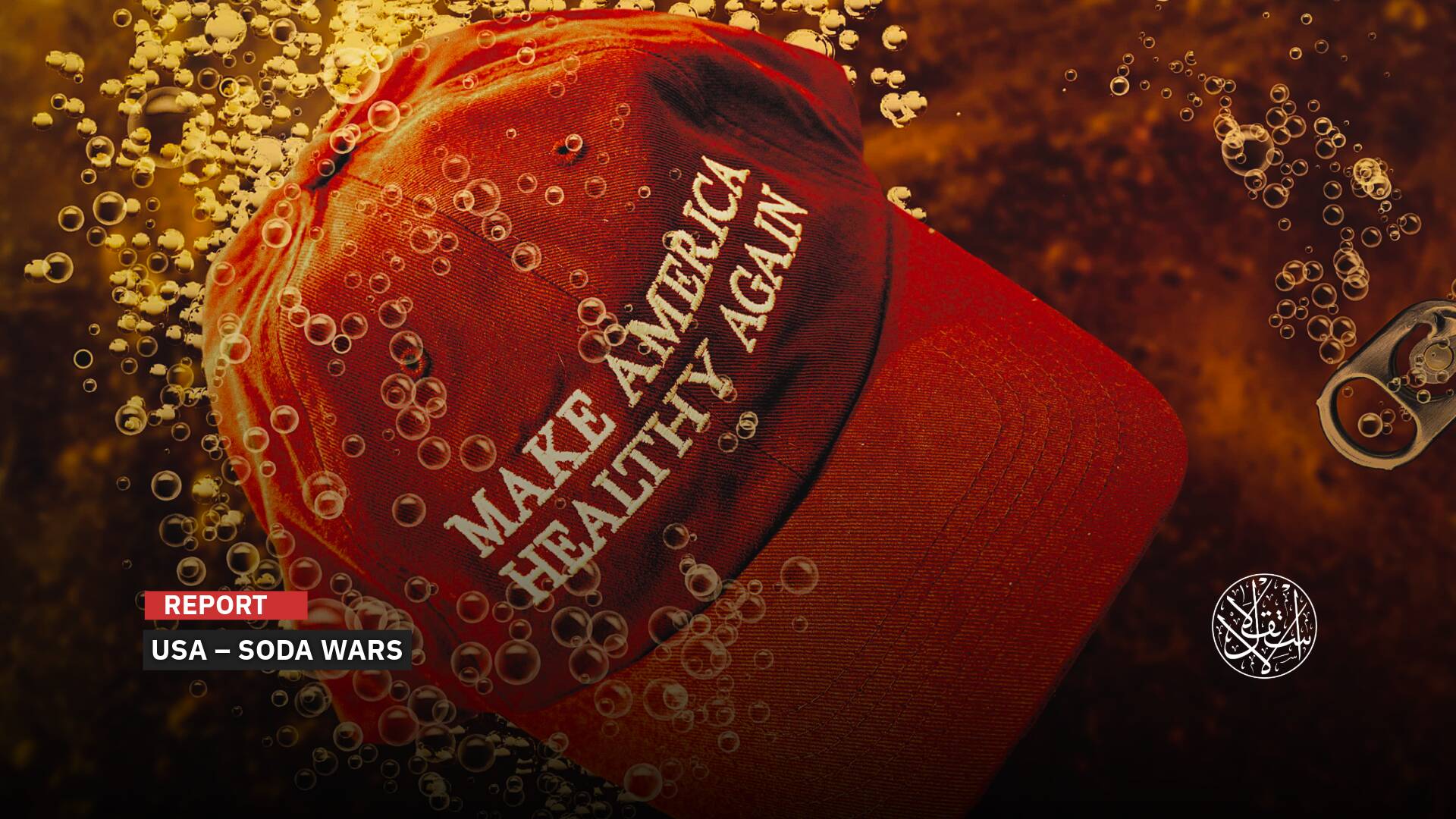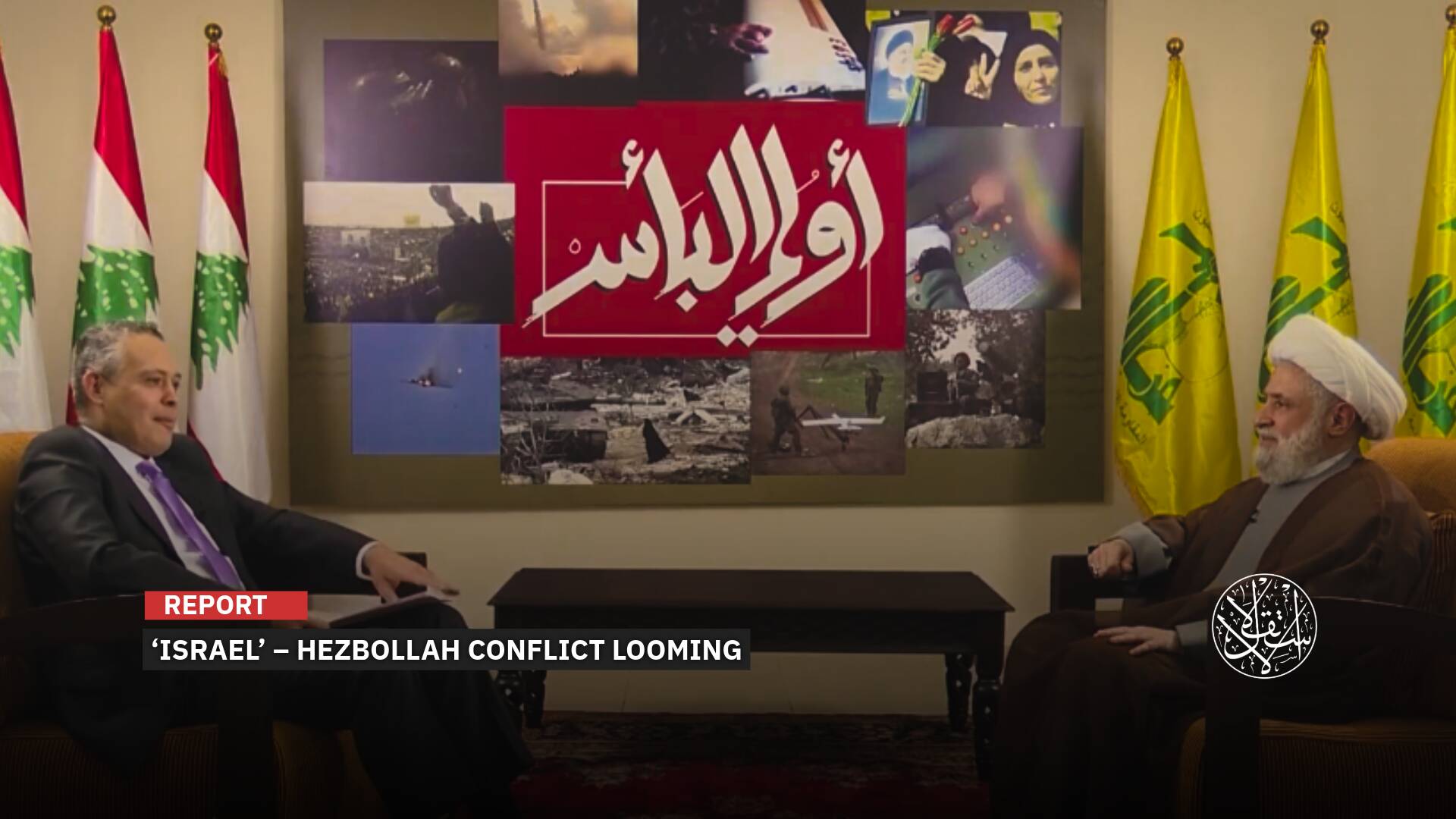What Is the Impact of Iran’s Protests on the Post-Khamenei Regime?

For the eighth consecutive day, popular protests are still erupting in Iran against the backdrop of the death of the 22-year-old girl, Mahsa Amini, in a hospital in Tehran.
The protests spread from the Kurdistan region to Tehran and about 50 other cities and towns across the country.
The protests erupted on September 16, 2022, after Amini's death, 3 days after her arrest, for allegedly wearing indecent clothing by the so-called guidance patrols, accused of hitting her on the head and causing a brain hemorrhage.
Angry protesters condemned the Iranian regime and demanded its overthrow, and set fire to many headquarters, cars, and equipment of security men in the religious city of Qom, the birthplace of Iranian Leader Ali Khamenei, in addition to burning his photos, he and former Iranian Quds Force commander Qassem Soleimani.
Bloody Suppression
In response to the popular anger, which is the largest since the 2019 protests, in which 1,500 people were killed, according to Reuters, Iranian authorities restricted communications and blocked access to Instagram and WhatsApp.
Iran's Fars news agency said on September 22 that "by a decision of officials, it is no longer possible in Iran to access Instagram (since the evening of the previous day) and access to WhatsApp has also been disrupted," explaining that "this measure was taken due to actions carried out by opponents of national security through these social platforms."
Instagram and WhatsApp are the two most used apps in Iran since the blocking of several platforms in the past years, most notably: YouTube, Facebook, Telegram, Twitter, and Tik Tok; in addition, the use of the internet is subject to restrictions by the authorities.
In this context, Iranian Interior Minister Ahmad Vahidi, during a television interview on September 23, expressed his concern about the increasing presence of citizens in the protests and said that disrupting the internet in Iran aims to control the protesters.
Vahidi described the Iranian people's protests as organized and said that the disruption of the internet is temporary, and the protesters who caused this restriction bear the responsibility, pointing out that the restrictions are natural to maintain the security and safety of citizens.
He stressed the need to implement the restrictions so that the protesters could not organize protests, adding: "Until the intelligence and security services are reassured, the disruption of the internet will continue."
According to the latest report published by state television on September 24, 35 citizens have been killed since the protests erupted in Iran, including policemen.
The Iran Human Rights organization in Oslo confirmed that "more than 50 people were killed in the protests."
The Iranian opposition organization said in a statement on September 23 that "the death toll had risen after six people were killed by fire from the security forces in the town of Rezvanshahr in Gilan Province (north) the previous evening, with other deaths recorded in Babil and Amal (north)."
The director of the organization, Mahmoud Amiri, said: "The Iranian people took to the streets to struggle for their basic rights and human dignity, but the government responded to these peaceful protests with bullets."
He confirmed that protests took place in more than 30 cities, expressing his concern about the mass arrests of protesters and civil society activists.
This viral video of #IranProtests shows what users are describing as iconic solidarity among protesters in fighting back the Islamic Republic’s security forces. #IranProtests2022#MahsaAmini#Mahsa_Amini#مهسا_امینی pic.twitter.com/qqvv7eL6jL
— Iran International English (@IranIntl_En) September 23, 2022
Dangerous Turning Point
About the extent to which these protists differ from their predecessors and the extent of their impact on the regime, the Lebanese writer specializing in Iranian affairs, Mr. Mustafa Fahs, noted that "they are not demanded protests as happened in the previous five years, and are not a political reaction as was the Green Movement uprising in 2009."
"When an elderly woman in the city of Rasht dares to take off her hijab and go out into the street chanting death to the head of the regime, [it means that] these protests constitute a cultural and social turning point that is the most dangerous in its impact on the nature of the regime since its establishment, and also directly affects its preparations for the post-Khamenei transition," he continued, during an article published by Asharq Al-Awsat newspaper on September 23.
Mr. Fahs explained that "the death of the young Kurdish woman, Mahsa Amini, has healed the bandaged wounds of Iranian society. Since the extremist ideological wing stole the Iranian people's revolution against the Pahlavi regime and turned it into an Islamic ideological regime, it has practiced religious tyranny and exercised militancy towards Iranian women, who have lost many of their rights and curtailed their freedom."
The writer saw that "Amini, who died due to torture, turned into a national tragedy, spread like wildfire and ignited a popular uprising in most Iranian cities. An uprising against wearing the hijab is dangerous for the regime, as it directly affects one of its most important ideological controls."
He pointed out that "these protests, since the first day, took on a social and political character different from the previous protests, most of which were demands that raised some political slogans and were limited to their areas."
"The regime was exploiting the national or regional factor in the process of encircling it, but these protests may be the closest to the first protests that established the Iranian revolution, when the Iranians at that time bypassed all their regional, religious, and ethnic sensitivities, and united under the slogan of overthrowing the previous regime," he said.
Mr. Fahs suggested that "the regime will most likely succeed in suppressing the veil uprising, but it will practice excessive violence and apply extremism that will inevitably lead to new waves of violence, but this time it will not emerge from it unscathed, neither socially nor ideologically."

Threat and Intimidation
In a new warning from state agencies, the Iranian army said during a statement on September 23 that it would confront what it described as the plots of enemies to ensure security and peace in the country, describing the protests as desperate acts and a part of a malign strategy of the enemy aimed at weakening the Islamic regime.
In turn, the Revolutionary Guards described what is happening in the country during a statement on September 22 as a conspiracy, calling on the judiciary to reveal those whom it called the promoters of rumors and lies and all those who endanger society.
At the same time, the Ministry of Intelligence issued a statement warning against participating in protests, which it described as illegal, adding that "whoever participates in the protests will be subjected to prosecution because of the exploitation of opponents of the revolution."
On September 23, the head of the judiciary, Mohseni-Eje'i, demanded, in a statement carried by Al-Jazeera, that prosecutors and judicial officials deal strictly with those he called rioters in the protests taking place in the country and confront rumor mongers.

On his part, the Friday preacher in the capital, Tehran, Ahmad Khatami, said on the same day that the regime is a red line and that no party targeting it will be tolerated, noting that those he described as enemies have been planning for a while to target Iran's security and stability, he said.
However, President Ibrahim Raisi made statements from New York on September 22, where he participated in the meetings of the United Nations General Assembly, in which he said that he would conduct an investigation into the death of Mahsa Amini, indicating that he had contacted the family of the deceased.
Raisi said that "the forensic report did not refer to violations committed by the police, but I do not want to rush to draw conclusions," noting that "if there is a guilty party, the matter must definitely be investigated."
Raisi added that "the Islamic Republic enjoys freedom of expression, but the current protests are acts of unacceptable chaos," pointing out that "rights issues around the world must be considered with one standard."
The United Nations, the United States, France, and other countries condemned Amini's death and the Iranian forces' handling of the protests, while Iranian Foreign Ministry spokesman Nasser Kanaani condemned what he considered foreign interference.
"It is unfortunate that some countries are trying to take advantage of an incident that is being investigated to achieve their political goals and desires against the government and people of Iran," Kanaani said in a statement on September 20.
Sources
- Iran: The official media acknowledges the killing of 35 people in the demonstrations [Arabic]
- With the escalation of protests in Iran .. Blocking of communication sites and US sanctions on the way [Arabic]
- Iran’s Regime, Protesters Test Each Other's Determination, Power
- Iran’s State TV Tries To Feign Hack To Undermine Popular Protest
- The Revolutionary Guard calls for decisive action and upcoming demonstrations in support of the government [Arabic]
- Iran: The regime, Revolution and Women [Arabic]


